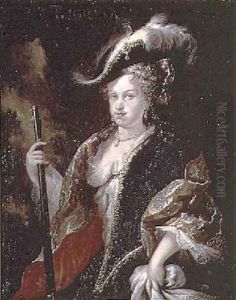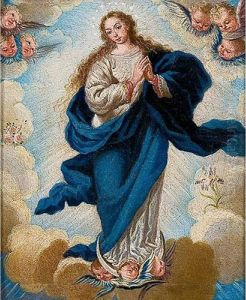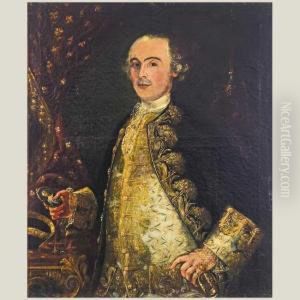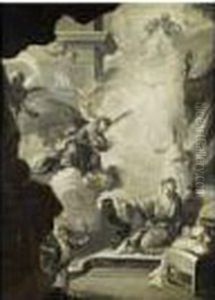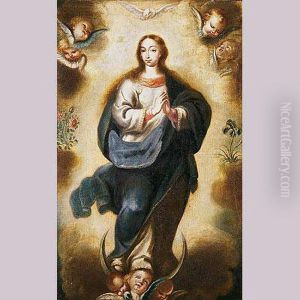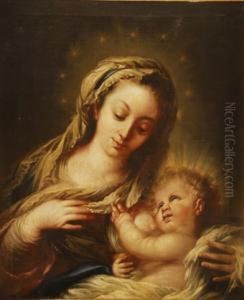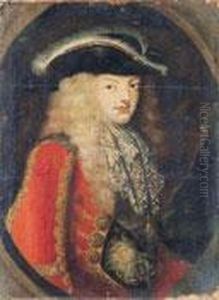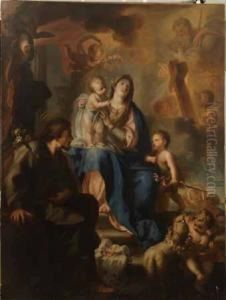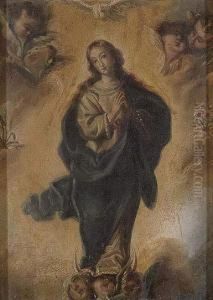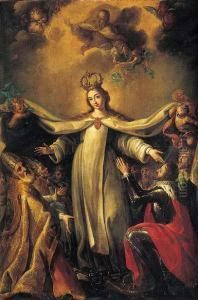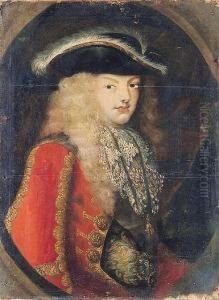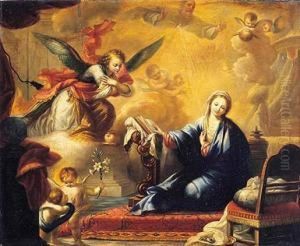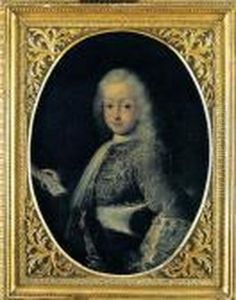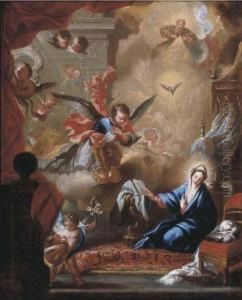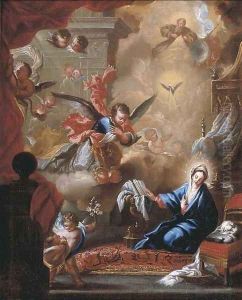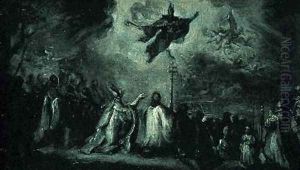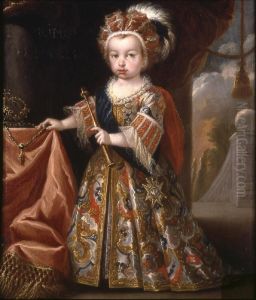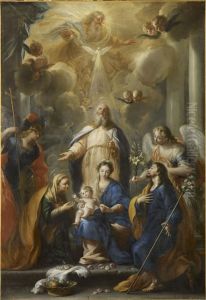Miguel Jacinto Melendez Paintings
Miguel Jacinto Meléndez was a Spanish painter born in Oviedo in 1679. He is primarily known for his portraits, which have been praised for their detailed realism and skilled depiction of his subjects. Meléndez's contribution to the art world is significant, especially in the context of the Spanish Baroque period, during which he developed and honed his craft.
Meléndez moved to Madrid early in his career, where he became involved in the vibrant artistic scene of the city. In Madrid, he came under the influence of the prevailing Baroque style, which is evident in the dramatic use of light and shadow in his works, a technique known as chiaroscuro. His ability to capture the psychological depth of his subjects also set his works apart, making him a sought-after portraitist among the Spanish nobility and royalty.
In 1700, Meléndez's career took a significant turn when he was appointed as a court painter to King Philip V of Spain. This prestigious position allowed him to work closely with the royal family and other high-ranking officials, leading to many commissions that would become his most famous works. His portraits from this period are notable for their elegance and the detailed depiction of the luxurious garments and adornments of his subjects, reflecting the opulence of the Spanish court.
Despite his success as a court painter, Meléndez's life was not without challenges. The exact details of his personal life and struggles remain somewhat obscure, but it is known that he competed with other artists for royal commissions and navigated the complex dynamics of court life. Nevertheless, Meléndez's talent and dedication to his art ensured his place in the annals of Spanish art history.
Miguel Jacinto Meléndez passed away in Madrid in 1734. His legacy lives on through his portraits, which continue to be admired for their technical skill, emotional depth, and insight into the characters of his subjects. Today, his works are held in high regard and can be found in museums and collections around the world, serving as a testament to his skill and contribution to the Spanish Baroque movement.
